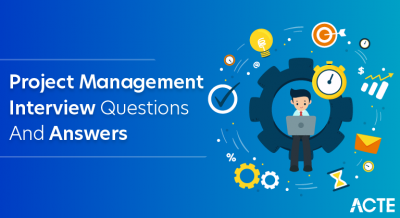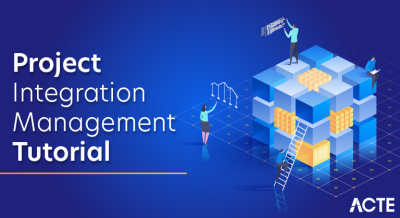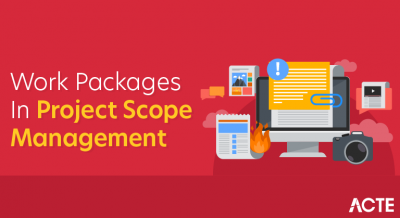
- Introduction
- Why Switch to IT?
- Assessing Your Skills
- Learning Programming Basics
- Exploring IT Domains (Web Dev, Data, Cloud)
- Choosing a Learning Path
- Certifications and Bootcamps
- Building a Portfolio
- Conclusion
Introduction
In today’s fast-paced digital world, the Information Technology (IT) sector has emerged as a leading industry offering diverse career paths, high salaries, and job stability. Whether you’re transitioning from a non-technical role or looking to future-proof your career, PMP Training IT offers numerous opportunities for growth. Many professionals from backgrounds such as finance, healthcare, teaching, and customer service are making successful transitions into tech. This guide provides a comprehensive roadmap for switching to IT from assessing your current skillset to preparing for interviews.
To Explore PMP in Depth, Check Out Our Comprehensive PMP Certification Training To Gain Insights From Our Experts!
Why Switch to IT?
The IT industry offers several compelling reasons to consider a career shift: Job Security and Demand: Digital transformation is reshaping industries, leading to a surge in demand for IT professionals across roles such as developers, analysts, cloud engineers, and cybersecurity specialists.
- High Earning Potential: IT roles typically offer competitive salaries and opportunities for fast financial growth, even at entry-level.
- Remote Work Flexibility: IT jobs are among the most adaptable to remote and hybrid work setups, allowing better work-life balance Strategic Levels of Management in Business.
- Continuous Learning and Growth: The fast-paced nature of tech means there’s always something new to learn—keeping the work engaging.
- Diverse Opportunities: The field includes roles in software development, system administration, UX/UI design, cybersecurity, DevOps, and data science.
- Inclusive Environment: Many tech companies prioritize skills over formal education, making it accessible to those without computer science degrees.
Assessing Your Skills
Transitioning into IT begins with understanding what you already bring to the table:
- Soft Skills: Critical thinking, communication, collaboration, adaptability, and time management are essential in most tech roles.
- Tech Readiness: Comfort with computers, digital tools, troubleshooting, and analytical thinking are signs of aptitude.
- Learning Commitment: Certifications for High-Paying Jobs Are you ready to invest months of dedicated learning? Consistency and perseverance are key.
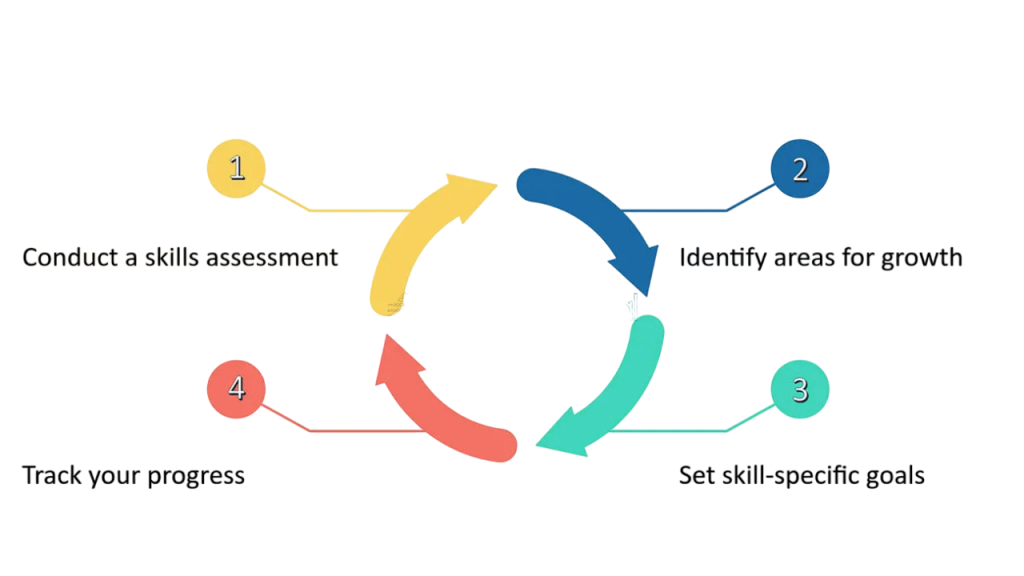
Take self-assessment tests (like Myers-Briggs or CliftonStrengths) and explore career quizzes on platforms like Coursera, FutureLearn, or My Next Move to identify areas of interest.
Are You Interested in Learning More About PMP? Sign Up For Our PMP Certification Training Today!
Learning Programming Basics
A fundamental understanding of Learning Programming Basics is invaluable in IT: Recommended Languages:
- Python: Widely used in data science, automation, and web development.
- HTML/CSS & JavaScript: Great for frontend web development.
- SQL: Essential for data analysis and backend systems Managerial Economics.
- Learning Platforms: TryCodeCamp, Codecademy, Udacity, and Khan Academy for guided tutorials.
- Practice: Solve problems on LeetCode, HackerRank, or Exercism. Use GitHub to track progress and showcase work.
- Set a study schedule: even 30 minutes a day can add up over time. Pair programming or study groups can help with accountability.
Most Valued Soft Skills
Tech is a broad universe.Tech Course with Projects Exploring different domains will help you find your niche:
Web Development
- Frontend: HTML, CSS, JavaScript, React.
- Backend: Node.js, Python/Django, PHP, Ruby on Rails.
- Tools: Excel, SQL, Python, R.
- Visualization: Tableau, Power BI.
- Platforms: AWS, Microsoft Azure, Google Cloud.
- service: Compute, Storage, Networking, DevOps.
- Concepts: Ethical hacking, firewalls, intrusion detection.
- Tools: Kali Linux, Wireshark, Splunk.
- Tools: Figma, Adobe XD.
- Skills: Wireframing, user journey mapping, prototyping.
Data Science and Analytics
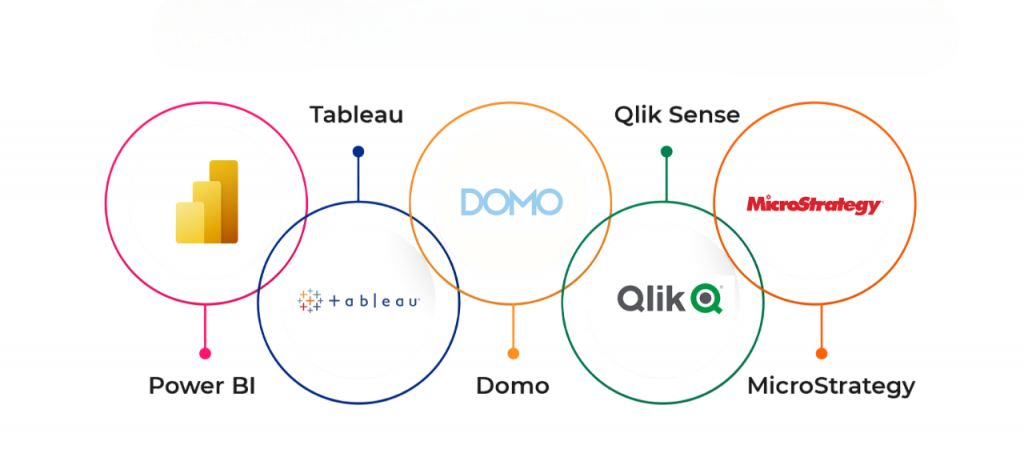
Cloud Computing
Cybersecurity
UI/UX Design
Are You Preparing for PMP Jobs? Check Out ACTE’s Project Management Interview Questions & Answer to Boost Your Preparation!
Choosing a Learning Path
Once you’ve selected a domain, Product Management Courses structure your journey with the following roadmap:
0-3 Months:
- Learn basics through online courses and books.
- Complete simple hands-on exercises.
- Work on guided projects
- Start building your own applications or data models.
- Engage in capstone projects, internships, or freelancing.
- Prepare for certifications and job applications.
- Resources: Use structured paths from platforms like Coursera (Specializations), edX (MicroMasters), Udemy (bootcamp-style courses), and YouTube (Crash Courses).
- freeCodeCamp Certificates
- Meta Front-End Developer Professional Certificate
- AWS Certified Solutions Architect
- Microsoft Certified: Azure Fundamentals
- Google Data Analytics Professional Certificate
- IBM Data Science Professional Certificate
- CompTIA Security+
- CEH (Certified Ethical Hacker)
- Projects: Build apps, dashboards, or tools that solve real-world problems.
- Documentation: Use README files and Wikis to describe your work.
- Tech Stack: Clearly list tools and languages used in each project.
- Blogging: Share your learning journey or explain tech concepts to establish credibility.
- Public Repositories: Host your projects on GitHub and link them in your resume.
4-6 Months:
6-12 Months:
Certifications and Bootcamps
Certifications help validate your skills to potential employers:
Web Development
Cloud Computing
Data Analytics
Cybersecurity
Bootcamps like General Assembly, PMP Training, and CareerFoundry offer immersive training. Look for ones offering job guarantee programs or career support services.
Are You Considering Pursuing a Master’s Degree in PMP? Enroll in the PMP Masters Program Training Course Today!
Building a Portfolio
A strong Building a Portfolio can differentiate you from other applicants Human Resource Management:
You can even contribute to open-source projects or join hackathons to enhance your portfolio.
Conclusion
Switching to IT is a transformative journey that combines self-discovery, learning, Learning Programming Basics and perseverance. With high demand, excellent pay, and diverse job opportunities, IT provides an attractive career path for individuals from all walks of life. Assess your strengths, choose a suitable tech domain, immerse yourself in continuous learning, and build a strong digital presence. Networking, real-world projects, PMP Training and targeted certifications will pave the way toward your first job in IT. Remember, you don’t need a computer science degree to make it in tech you need curiosity, commitment, and consistency. Thousands have successfully transitioned into IT, and with the right plan, you can too. Begin today your future in technology starts now.

